These Penangites quit their jobs for parenthood, then found their calling in pasta-making

“I think it’s fair to say Malaysians love Italian food. And if you can cook a nice pasta meal at home, why not?”
That was the general thought process behind the start of Shells Artisan Foods, a home-based brand in Penang serving fresh pasta and pasta sauces.
Exploring all the pasta-bilities
Leaving the tourism industry wasn’t an easy decision, but Shella and Chris wanted to be more present in their child’s life.
“Sometimes when you are working for so long, you get into a rut and lose track of the things that matter. Eventually, we got burnt out,” they confessed to Vulcan Post.
The final straw came when their daughter began slipping up in her studies which signalled to them that a change was needed to juggle home and work.
This led them to move back to Chris’ hometown in Penang and reconnect with family and friends.

The idea for Shells Artisan Foods came about during Christmas over a potluck gathering with friends. Shella had made Spinach Ricotta Ravioli which their friends thoroughly enjoyed.
“Our friends tried it and told us we should really consider selling it. That got us to really give it some serious thought and started us on this journey,” Chris shared.
So they rolled up their sleeves and began planning and experimenting with recipes for it.
Shella and Chris shared that making fresh pasta is a relatively easy process. It’s straightforward and requires few ingredients. But it still took the couple a while to be ready for the market.
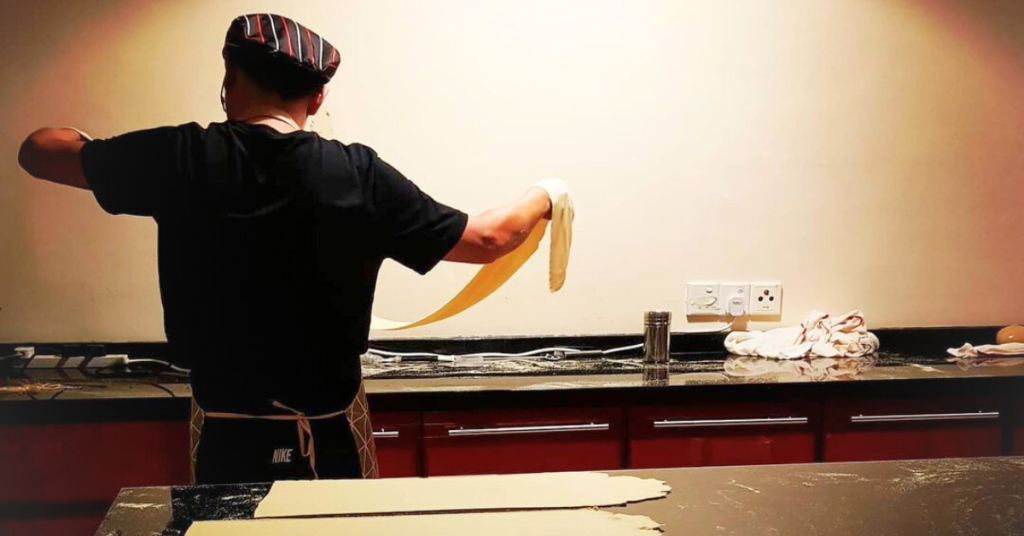
They explained that it’s time- and labour-intensive to make large batches of it by hand. This had them searching for commercial machinery to speed up some parts of the process.
There were also smaller issues that needed to be looked at such as product storage, packaging, and transportation logistics. In total, about RM50,000 was dug up from their savings to start the venture.
Can you pasta sauce, please?
Shells Artisan Foods occasionally offers exclusive menu items, like beef rendang lasagna, and salmon wellington, but their core is still fresh pasta and sauces that customers can cook at home.
These are usually packed in a box for four servings and can be kept frozen for up to three months. It should be thawed or defrosted (in the microwave, preferably) before being tossed into a saucepan.
In general, fresh pasta is ready to eat faster and doesn’t overcook as easily as dried pasta.

The brand’s bestseller so far is the same dish that brought about the business’s idea. However, they also offer ribbon pasta in an array of colours and flavours. The price ranges from RM25 to RM35 for 400g.
To highlight pasta’s versatility, they currently provide five pasta sauces that can be mixed and matched:
- Pomodoro sauce (RM22 for 400g)
- Puttanesca sauce (RM25 for 400g)
- Mushroom Alfredo sauce (RM22 for 400g)
- Pesto genovese (RM25 for 160g)
- Browned butter sage (RM17 for 100g)
Vegetables and fruits like pumpkin and dragonfruit are sometimes used in the pasta too as ways to sneak in a healthier diet for their child. The brand uses Italian soft wheat flour (grano tenero) that’s synonymous with pasta making.

They choose to keep their sauces traditional and import 90% of the ingredients, as they believe there are no local substitutes.
The recipes come from Shella’s old travelling journal containing notes from pasta-making classes she attended in Italy, which they have tweaked to adapt to our local climate.
One way is by reducing the amount of salt to suit the Malaysian palate better.
It’s a saucy debate
Shella explained it’s undeniable that Malaysians prefer rice over pasta. But she also believes that fresh pasta has its own appeal compared to store-bought dry pasta.

“There is only one way to know the difference. You have to try both and compare for yourself. After all, the proof is in the pudding,” she quipped.
“Fresh pasta usually contains eggs so it’s not empty carbs. They are softer and not as dense as dry pasta.”
For now, only Penang-based customers can order directly from the brand. For those in KL and Selangor, purchases can be made through their partners who deliver within three days.
Keeping up with their made-to-order basis, they’re planning to deliver directly from Penang to other states in the future. This is to help with quality control and “guaranteed freshness”.

Penne for your thoughts?
In a way, you could say that it was a stroke of luck that helped to propel Shells Artisan Foods.
The brand officially opened for business right before the pandemic happened. The lockdowns meant that people were looking for more interesting options to spice up their meals at home.
With the vast Italian and fusion food offerings in Malaysia, it’s a justified observation. The couple’s prior research into the local fresh pasta market also assured that competition would be low, particularly in Penang.

During peak seasons, the couple would be cooped up in the kitchen working for 12 to 15 hours just to keep up with the orders.
Now that they have the funds and investors to boot, their bigger goal of opening a restaurant and pasta bar is slowly coming together.
- Learn more about Shells Artisan Foods here.
- Read other articles we’ve written about Malaysian startups here.
Also Read: When not cooking at a Michelin-starred spot, this M’sian is designing Japanese chef knives
Featured Image Credit: Shells Artisan Foods
How to survive AI? Microsoft publishes a list of skills needed by human employees in 2023

Disclaimer: Opinions expressed below belong solely to the author.
If we follow the history of every technological development mankind has ever created, two things are quite clear:
- Each time it displaced many people from existing professions, often erasing them entirely.
- It created new professions that typically required more sophisticated skills and improved both income and work standards for human employees.
For nearly the entire human existence, agriculture or, broadly, provision of food and other resources, had been the main economic activity, both providing the largest share of contemporary GDP and employment, until the industrial revolution flipped this order upside down.
Today, contributions of farming are economically negligible and the overall share of employment is 10 per cent or less in most developed countries.
Each time a major breakthrough happened, many people were worried about loss of livelihoods and some protested — often quite violently. And yet, I don’t see people demanding return to physical labour in the fields, after machines displaced entire societies from these jobs.
That’s why I don’t think there’s a major risk that the dawn of mass adoption of AI in modern workplaces should not change this pattern, and it’s far more likely that it is going to make our jobs easier instead of making us redundant.
But we have to adapt to it — as Microsoft’s annual “Work Trend Index” report, released last month, indicates.
More is more
The report, which is based on a survey of 31,000 people across 31 markets worldwide, coupled with internal analysis of trillions of Microsoft 365 productivity signals, along with labour trends from the LinkedIn Economic Graph, suggests that extracting more value out of the workforce trumps staffing reductions as an expectation for artificial intelligence.
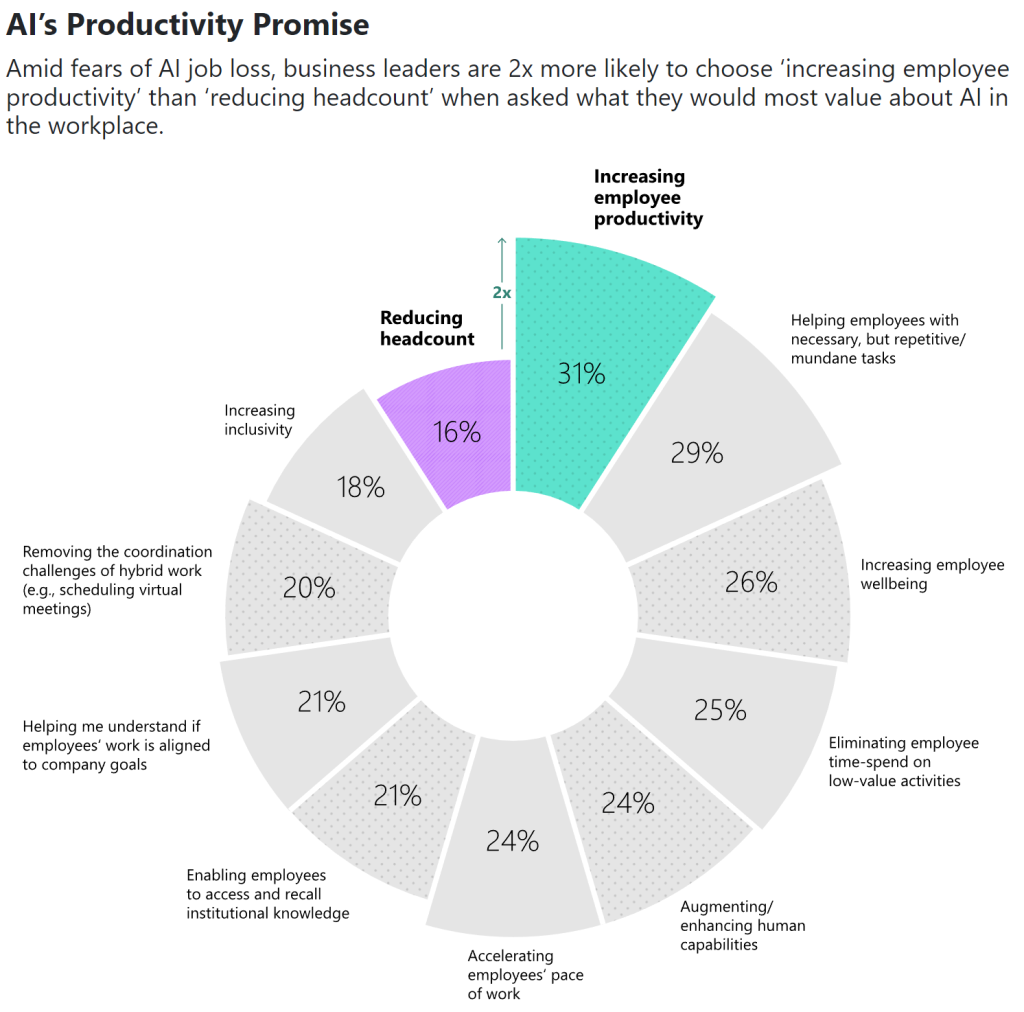
Not only is productivity mentioned by twice as many respondents but every subsequent response was somehow related to improving standards in the workplace, either by making it more efficient or increasing employee well-being.
Of course, a sceptical observer will point out that this could be explained by two things:
- Human respondents are keenly aware that no office job is safe and so they are more likely to emphasise the positive impact AI can have on human efficiency rather than complete replacement of people (which could one day mean themselves).
- In its current state, AI solutions that can be used in most office environments are not advanced enough to provide perfect answers or to create any desired outcome without human help.
However, even if AI will one day become so sophisticated as to be able to do everything humans do at least as well as us (and often better), the question remains — what for?
After all, it takes humans to set the direction for every company — and each of them produces goods and delivers services to other human beings, not sophisticated computers.
Artificial intelligence doesn’t have an underlying reason for existence other than service to humans. It will only do what we tell it to. Similarly, for all its seemingly endless capabilities, it will never know what it is to be human.
Which is why human employees will have to hone some of their skills to make the most of their new relationship with artificial assistants — and here are the most important ones according to Microsoft:
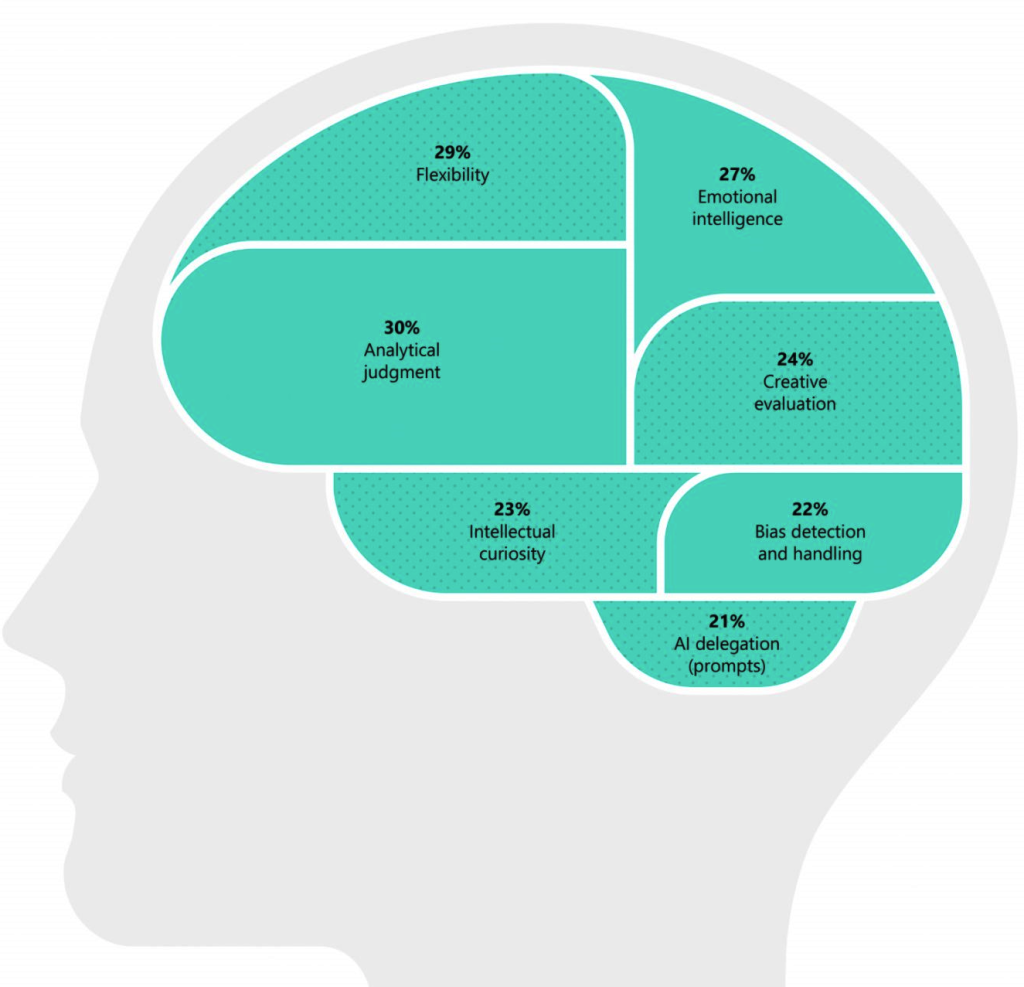
- Flexibility: rapidly adjust to AI’s integration in the workflow
- Emotional intelligence: determine when to leverage a human capability instead of an AI capability
- Analytical judgement: determine when to leverage an AI capability instead of a human capability
- Creative evaluation: evaluate content produced by AI
- Intellectual curiosity: ask AI the right questions
- Bias detection and handling: evaluate AI fairness in decision-making
- AI delegation (prompts): direct AI with the right prompts
The requirement of greater flexibility is both fundamental and the most taxing of all.
Our workplaces have already become very dynamic, with fewer people than before enjoying lifetime careers in a single company. Hopping between jobs is a norm, but now, millions of people will be placed under pressure to quickly adapt to rapidly evolving features of AI tools even within their positions.
During the last year alone, there has hardly been a month or even a week without some new development in the area and as these services leave the domain of geeks playing with them for fun and become a part of regular jobs, those who are able to keep up with the pace of this revolution will rise above the rest.
Those who are struggling may, indeed, find themselves redundant.
Everything else on this list is just a different facet of understanding of and competence in using AI to our advantage — and it’s most likely that those who are the most flexible will also perform well in every other area.
What to ask, how to ask, whether to engage AI at all, coupled with creative control over the output and measuring it against company goals, all require curiosity and self-motivation to keep abreast of the changes and mastering them as quickly as possible.
Paradoxically, then, AI places greater requirements on humans, before it can actually help us.
In the modern office it is going to transform more from doers to thinkers, leaders, goal-setters.
Execution of any task may soon become near-instantaneous — humans will be evaluated on the idea and results it produces for the business. Hiding behind daily grind and pretending to work will no longer be an option, since there soon might be no grind left in the office.
AI revolution will hurt slackers and elevate the most creative individuals, since — given that all companies will have access to the same powerful tools — the difference in performance will be down to how well humans in charge direct them.
Featured Image: monsit / depositphotos
Also Read: AI at your service: 10 more tools you need to know other than ChatGPT
Powering sustainable travel: Is the S’pore-M’sia cross-border EV charging infrastructure sufficient?
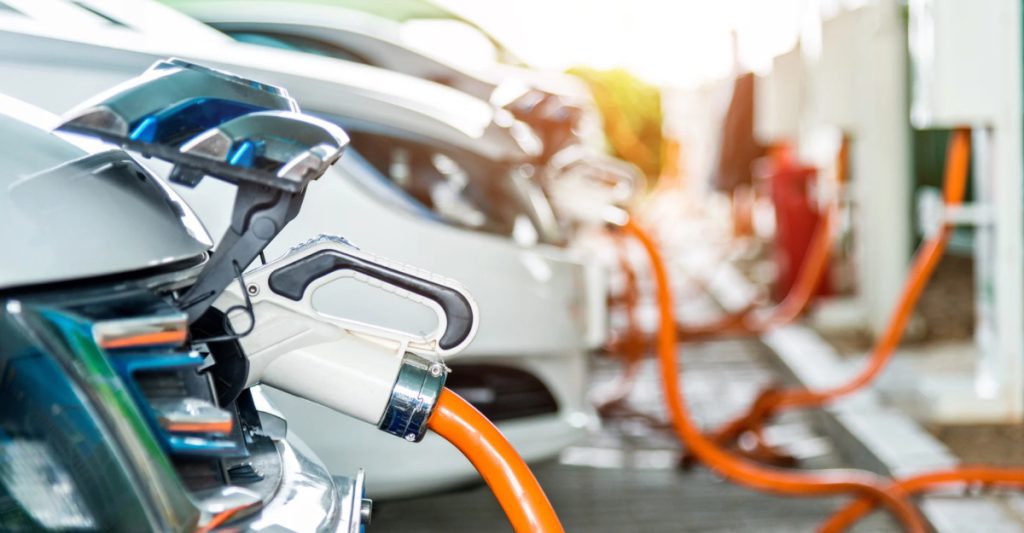
The transition to electric vehicles (EVs) represents a crucial step towards achieving sustainable transportation systems globally. As nations strive to reduce carbon emissions with global temperatures projected to reach unprecedented levels in the next five years, the urgency for the implementation of EVs is greater than ever today.
In Southeast Asia, the neighboring countries of Malaysia and Singapore have emerged as key players in the region’s EV adoption journey. However, despite their geographical proximity, a significant hurdle remains: the lack of a seamless cross-border EV infrastructure between the two countries.
Although efforts have been made to address this issue, such as the joint venture formed by Yinson GreenTech and LHN EVCO to deploy cross-border charging services, are they truly sufficient to bridge the gap?
Here is an overview of the current EV infrastructure between Malaysia and Singapore.
The lack of EV chargers to support cross-border travel
According to Hanafi Sakri, the senior director of the Malaysian Ministry of International Trade and Industry (Miti), Malaysia currently has about 900 EV charging stations. This is a far cry from its neighbouring city-state Singapore, which has over 3,600 public charging points installed islandwide.
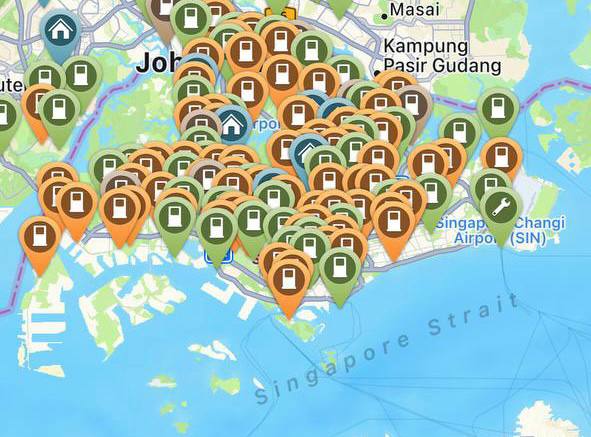
The stark contrast between these figures become even more prominent when we put these figures into perspective. With a population of approximately 5.9 million people, Singapore has managed to establish a significantly higher number of charging stations per capita as compared to Malaysia’s population of over 33.2 million.
Although Malaysia plans on bringing the total number of EV charging points to 4,000 by the end of the year, it would still inevitably lag behind Singapore’s efforts given its larger population size.
The readiness and availability of charging stations not only provides convenience to EV owners but also helps to alleviate concerns about range anxiety. A robust charging network ensures that EV drivers have accessible charging options no matter where they are, which, in turn, contributes to the overall confidence and convenience of owning and driving EVs.
As it is, range anxiety still remains a key concern for Singaporeans, despite the high number of available chargers in the city-state. The lack of EV chargers available in Malaysia further propels this fear, making it challenging for those venturing northward from Singapore to destinations like Thailand.
The availability of DC chargers is scarce
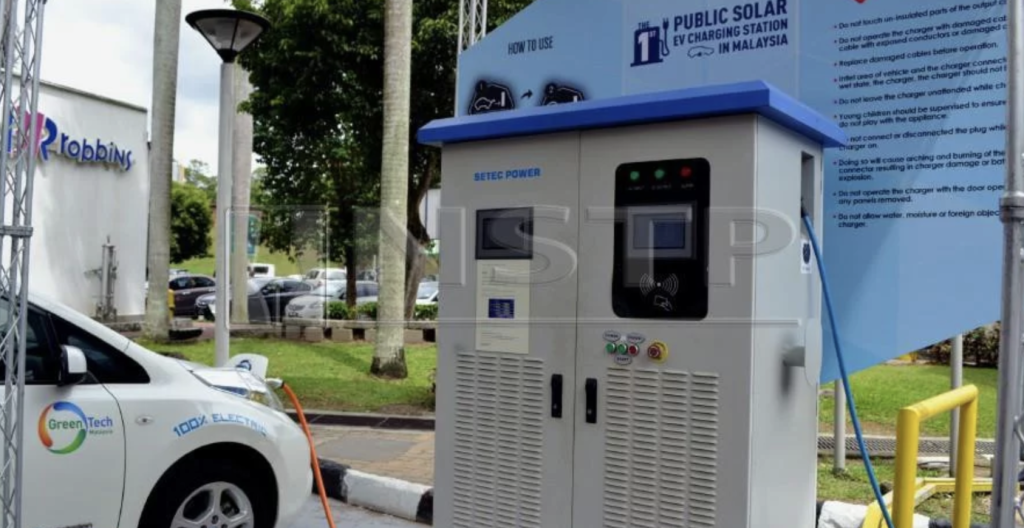
That aside, the scarcity of DC chargers in Malaysia (and especially alongside the North-South Expressway) is a huge obstacle to a seamless cross-border travelling experience using an EV.
As opposed to AC chargers that typically consume a couple of hours to fully charge an EV (and in some cases, consuming over 40 hours for a Type 1 charger), DC chargers can provide high speed charging, ranging from just 20 minutes to an hour.
Although more expensive to implement, these DC chargers are more suited for long distance travels such as cross-border travels between Malaysia and Singapore as they allow EV owners to quickly recharge their vehicles and continue their journey without prolonged waiting times.
Of the 900 EV chargers in Malaysia, only a small handful of them are DC chargers, a disappointing and worrisome figure for those planning to drive their EV northwards from Singapore. With limited availability and accessibility — much like the woes this CNA writer had to endure — the lack of DC chargers can impact travel plans and lead to additional delays.
Additionally, EV owners may have to end up wasting travel time waiting to utilise DC chargers, just like this instance back in April 2022, where long queues were seen forming at these charging stations alongside the NSE.
Is there an incentive for Malaysia to implement more EV chargers?
With only 10,000 registered EVs in Malaysia as of December last year, this figure represents just a small fraction when considering the country’s population as a whole. Furthermore, when compared to the number of registered motor vehicles per 1,000 population,
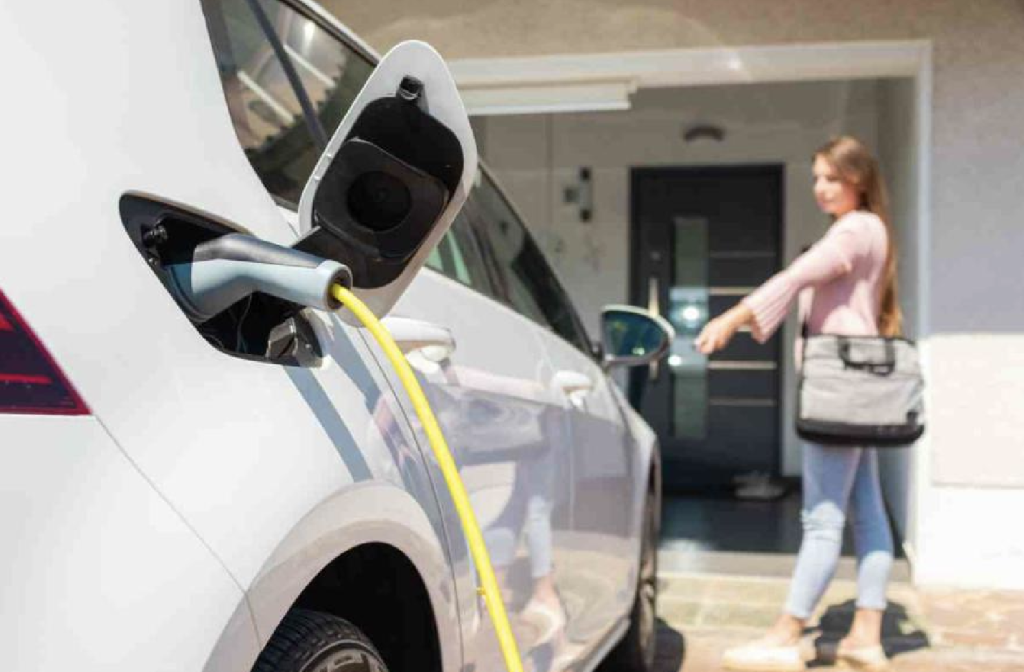
This preference for home charging infrastructure over public charging spots may impact the motivation to develop an extensive network of public EV chargers. For instance, in countries such as the United States, most EV charging take place at home, given the significantly lower cost of energy.
Hence, the primary incentive for the deployment of EV chargers would be to support long-distance and cross-border travel. Taking into account the relatively low number of registered EVs in Malaysia, the demand for public EV chargers would primarily come from Singaporeans or those traveling from Thailand — but would this be enough to drive up the EV infrastructure development?
Can we hope for a seamless cross-border EV infrastructure?
Nonetheless, both Malaysia and Singapore have made considerable strides in promoting the adoption of EVs and facilitating smooth cross-border travel for EV owners. According to Singapore’s Ministry of Transport, the government is currently working with Malaysia to further facilitate cross-border charging of EVs, including coordinating standards to enhance interoperability.
Aside from the government, various EV charging operators have put in significant efforts in the space, such as Charge+, s Singapore-based EV charging provider, which is in the works of developing a 5,000km EV charging highway across five countries in the Southeast Asia region, including Malaysia and Singapore.
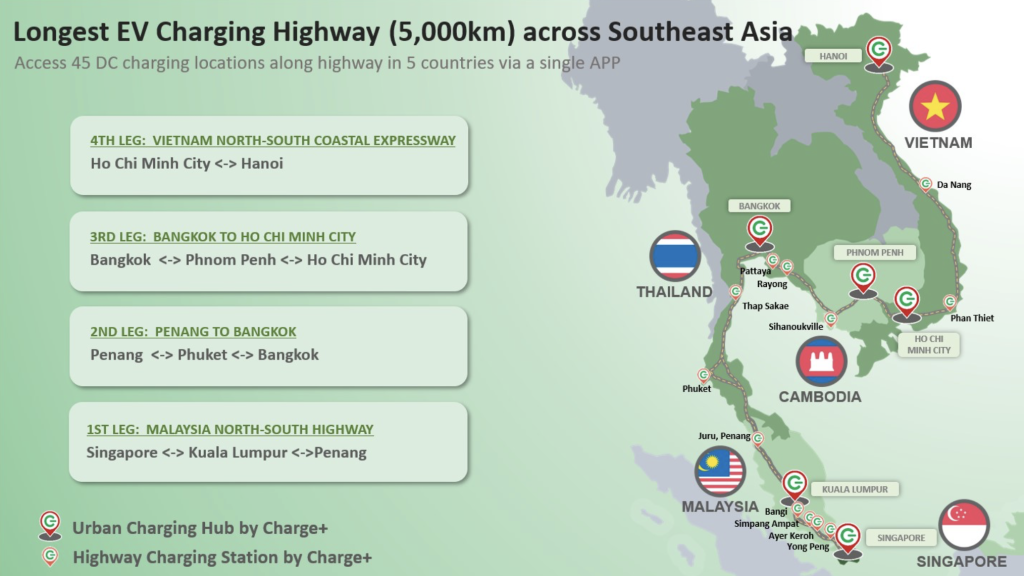
Other companies have even integrated their charging networks such that payment for charging in both countries can be done on the same application.
Meanwhile, in Malaysia, the government has set a target to establish 10,000 EV charging stations by 2025 through a collaborative effort with the private sector, but will the government fulfil this pledge?
Or would it end in vain, just like its goal to deploy 5,000 EV charging stations nationwide by the end of last year?
Nonetheless, seamless cross-border EV charging infrastructure between Malaysia and Singapore (if successful) has the potential to bring out a multitude of benefits, including increased EV adoption and tourism growth. With more effort put towards the development of this cross-border infrastructure, a sustainable and interconnected transportation system can be created in the region.
Featured Image Credit: Getty
Also Read: S’pore startup Charge+ to build 5,000km EV charging highway in SEA – will be ready by end 2024

